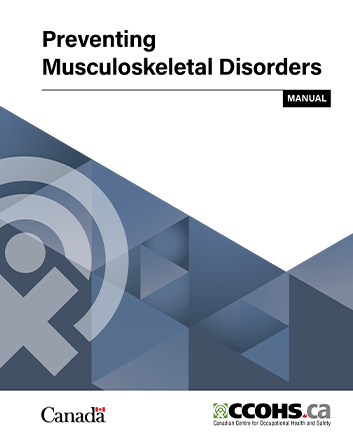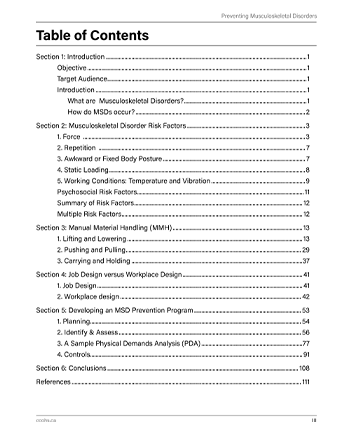Scheduled maintenance - Thursday, July 12 at 5:00 PM EDT
We expect this update to take about an hour. Access to this website will be unavailable during this time.
Learn to identify, eliminate, and control the sources of workplace musculoskeletal disorders.

